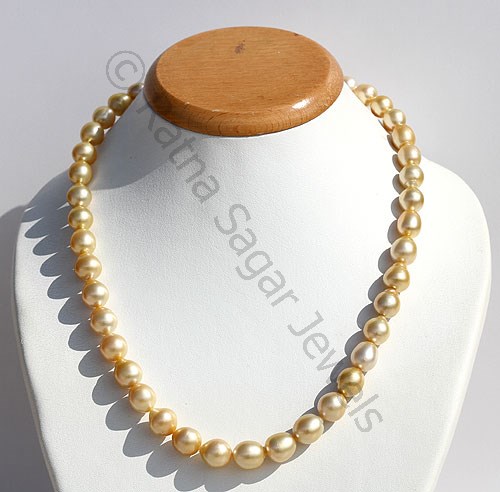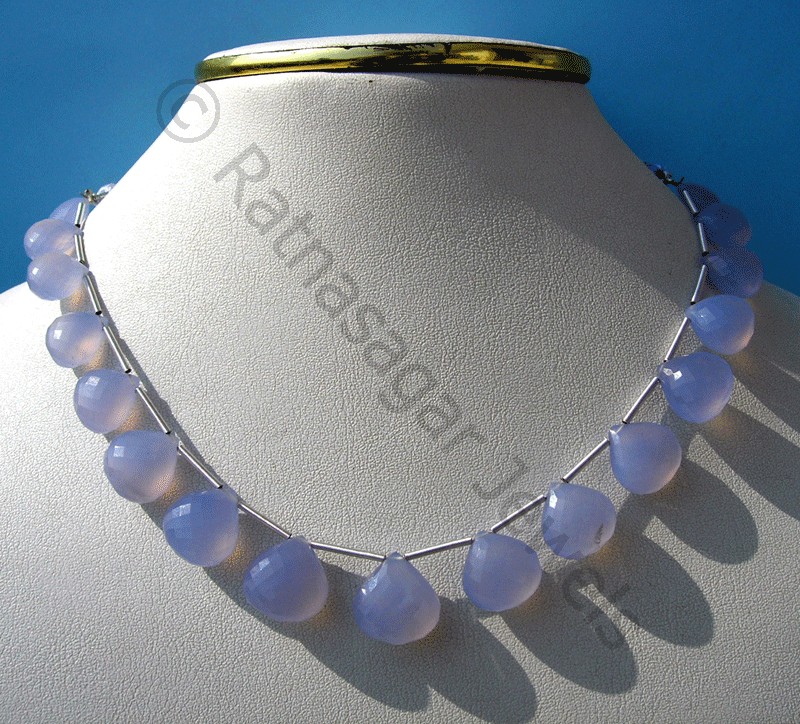Most buyers think that gemstones are evaluated like diamonds. Diamonds are graded based on four physical factors, what we know as the 4 Cs. They are:
• Color
• Clarity
• Cut
• Carat weight
While these 4 Cs are applicable to most gemstones that are opaque and lustrous, there are many more that are opaque like the pearl gemstone, chalcedony gemstones, lapis lazuli, Jadeite gemstone, Carnelian and so on. So, how to pick such gemstones and evaluate their value?

This article is about evaluating the gemstones based on not just the 4 Cs but also moving beyond these usual parameters.
Here are 5 ways a gemstone buyer can establish the exact worth of any gemstone—clear or opaque.
The Source of Gemstone:
There are hundreds of gemstone mines from where world-class grades are extracted. They are then sent to laboratories for cutting, refining and color enhancement procedures. The quality of the gemstone is then established based on the clarity and the physical attributes comparable with the benchmark items.
So, verify the source of the gemstone to evaluate its market value.
Flaws and cracks:
If the gemstone is flawed by any chance, the prices will vary. However, a flawed diamond will still be pegged at a higher order in terms of price as compared to a pure ruby or for that matter, emerald. However, there are many methods by which these flaws can be systematically wiped out or hidden. Thus, the prices of these gemstones with cracked surface still have significantly higher value in the market.
The reason is the amount of effort and resources put to make them look genuine.

Gemstone reengineering:
This is another factor that can help the buyer estimate the price of the gemstone. Reengineering is done to make the gemstone achieve the comparable ratings of the 4Cs. However, they are more about turning the primary natural gemstone into the saleable item of collection by using different methods like irradiation and laser cutting.
Gemstone re-engineering can transform the physical attributes of the stone drastically.
Hardness and brittleness:
Not all gemstones showcase the same degree of hardness as diamond. In fact, most of the commercially available gemstones have a hardness ranging between 5 and 7.5 on the Mohs scale. Hence, choosing a gemstone with good hardness is very important especially if it is intended to be worn as an accessory for a very long time. Not only will a hard gemstone resist the impact of scratches and cracks, it will also be less brittle.
Evenness of the Color Tone:
Different gemstones exhibit the wide range of colors. Some appear to be distinct while others are part of the various optical phenomena demonstrated under the light. The color shown in the showroom should be the same as shown in the catalogue.
Gemstones of the same family may have two varieties—‘light’ and ‘very dark’ colors. The price usually varies depending on the versatility of the color. Look for hints revealing dyed parts and glass works inside the gemstone.
Save
ad5f69f4-a1a3-45e9-a77b-9deaf217cd74|0|.0|27604f05-86ad-47ef-9e05-950bb762570c
Tags
: Pearl Gemstone Beads . Chalcedony Gemstone Beads . Wholesale Chalcedony Beads . Jadeite gemstones